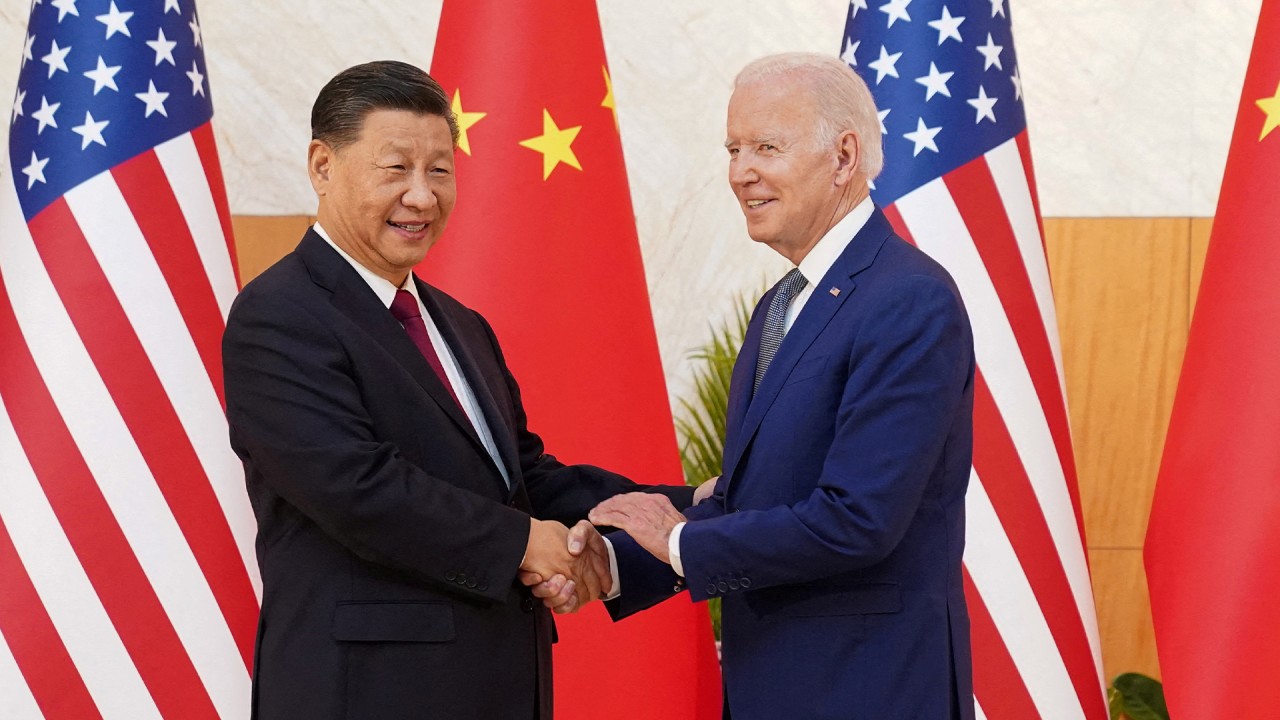
With China a mutual concern, investment accelerates between Australia and Taiwan
- Taiwanese investors received approval to park US$411 million in Australia between January and October, dwarfing the US$15.15 million total in 2021
- Australian investments approved in Taiwan climbed to US$114 million in the first 10 months of the year, up from US$68.69 million last year
Investment between Australia and Taiwan has grown in both directions this year as the two sides try to diversify away from mainland China and eye each other’s energy sectors.
Taiwanese investors received approval to park US$411 million in Australia between January and October, dwarfing the US$15.15 million total in 2021 and US$14.17 million in 2020, according to Taiwan’s Investment Commission.
Australian investments in Taiwan climbed to US$114 million in the first 10 months of the year, up from US$68.69 million in 2021 and US$79.83 million in 2020, the commission said.
China’s zero-Covid policy has led to a significant reduction in economic and trade activities
Mainland China is still Taiwan’s top investment destination, accounting for US$4.16 billion of the island’s US$11.56 billion in approved outbound investment in the first 10 months.
But overall, Taiwanese capital flows into the mainland are shrinking, falling 3.2 per cent in the year to October compared to the same period in 2021.
“China’s zero-Covid policy has led to a significant reduction in economic and trade activities, so the trade relationship between Taiwan and Australia has increased,” said Darson Chiu, research fellow with the Apec Study Centre at the Taiwan Institute of Economic Research.
Slowing economy, growing distrust erode mainland’s soft-power pull in Taiwan
A roughly US$50 million investment by Costco, a big-box supermarket chain with a registration in Australia, accounted for much of this year’s inflows, according to an Investment Commission data analyst who was not authorised to be quoted by name.
Taiwan’s six-year-old New Southbound Policy explains some of the bilateral investment with Australia, a commission data analyst said. The policy encourages more trade, investment, travel and study between Taiwan and 18 Asia-Pacific countries, including Australia, although mainland China is not on the list.
“What we’re promoting now is the New Southbound Policy and its scope is broad,” the commission source said. “We want to diversify risks.”
The commission approved 127 investment projects in New Southbound countries, which also include India and Southeast Asia, from January until October, up 21 per cent year on year.
China remains Australia’s eighth largest foreign investor, accounting for 2.2 per cent of total inflows.
Energy, resources and financial services underpin the “broad” field of investment between Taiwan and Australia, the Department of Foreign Affairs and Trade in Australia said in a statement.
Made in Mexico? Taiwan’s multinationals seek greener pastures away from China
Biomedicine, renewable energy, food and “tourism infrastructure” have become more recent sources of two-way investment, it said.
Taiwan wants to invest in Australian energy and minerals, while Australia is Taiwan’s largest energy supplier, Chiu said. Taiwan is Australia’s fourth largest market for energy and resource exports, particularly low-carbon emission technologies.
“At the same time, [energy] also provides more opportunities for Australia and Taiwan to deepen bilateral trade and investment cooperation, including wind power, solar energy, and emerging low-emission technologies of hydrogen energy,” he said.
Stuart Orr, business school head at Melbourne Institute of Technology, said investment had grown between the economies primarily as a result of the reduction in and withdrawal of Chinese investment in Australia, while the Australian economy still has some strength and investors are active.


